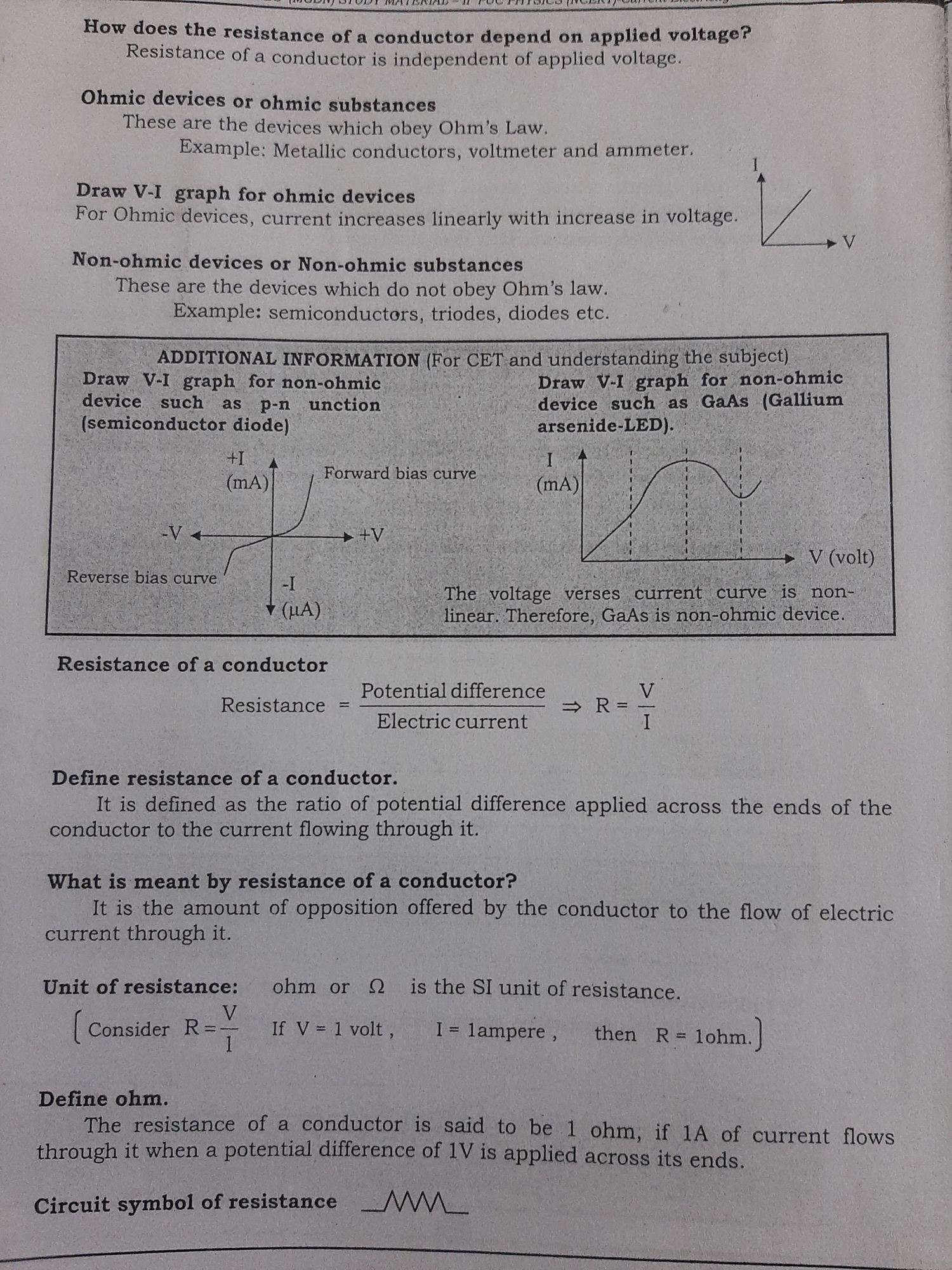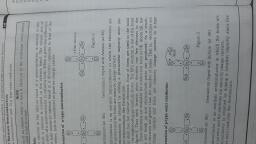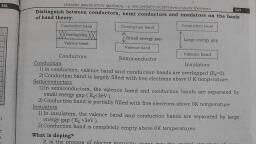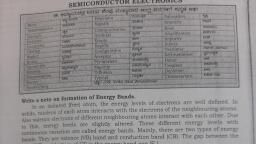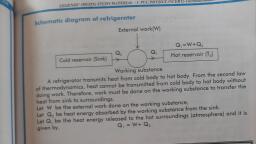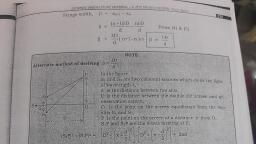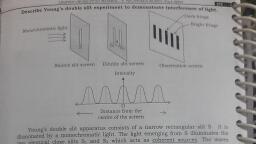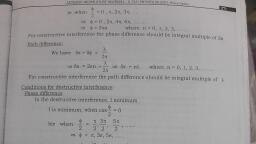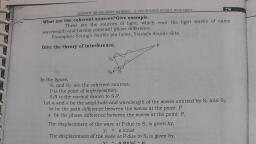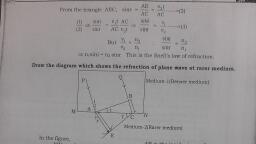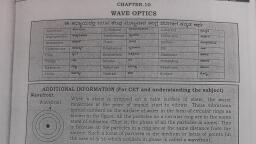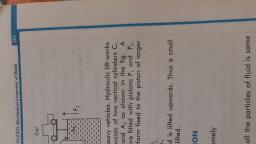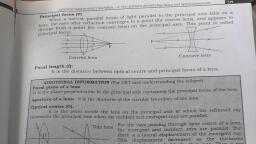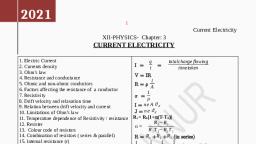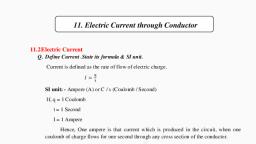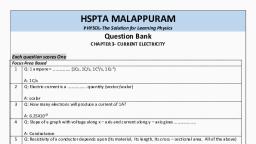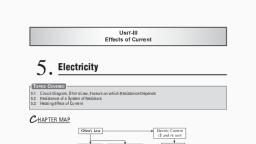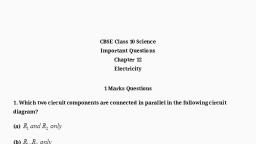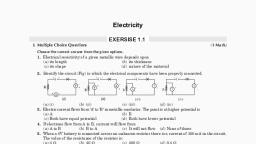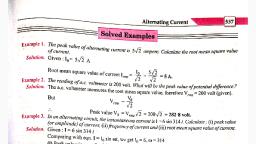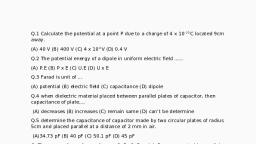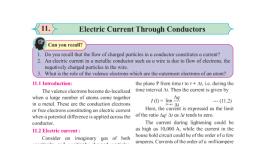Page 1 :
a Ee nen ae: Pee a eee eS ern ee ee Deis, , , , How does the resistance of a conductor depend on applied voltage?, Resistance of a conductor is independent of applied voltage., , Ohmic devices or ohmic substances, These are the devices which obey Ohm's Law., Example: Metallic conductors, voltmeter and ammeter., , Draw V-I graph for ohmic devices, For Ohmic devices, current increases linearly with increase in voltage., , Non-ohmic devices or Non-ohmic substances, These are the devices which do not obey Ohm’s law., Example: semiconductors, triodes, diodes etc., , ADDITIONAL INFORMATION (For CET and understanding the subject), Draw V-I graph for non-ohmic Draw V-I graph for non-ohmic, device such as p-n unction device such as GaAs (Gallium, , (semiconductor diode) arsenide-LED)., , a Fi d bi 4, orward bias curve (mA), , EN) +V, ; V (volt), , Reverse bias curve a eT aE EN pacer tra ayes te, ; “The voltage verses current curve is non' linear. Therefore, GaAs is non-ohmic device., , , , Resistance of a conductor, Potential difference, , RESGines = SS SS, Electric current, , Define resistance of a conductor., It is defined as the ratio of potential difference applied across the ends of the, , conductor to the current flowing through it., , What is meant by resistance of a conductor?, It is the amount of opposition offered by the conductor to the flow of electric, , current through it., Unit of resistance: ohm or is the SI unit of resistance., , Vv, [ Consider ay Wey Sal yale I=lampere, then R= lohm. }, , Define ohm., The resistance of a conductor is said to be 1 ohm, if 1A of current flows, , through it when a potential difference of 1V is applied across its ends, , Circuit symbol of resistance _ //\/\\_, , ee TEE Ts NOE yh ree a DURST ona DERN cemetery cS ni
